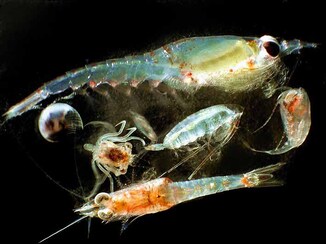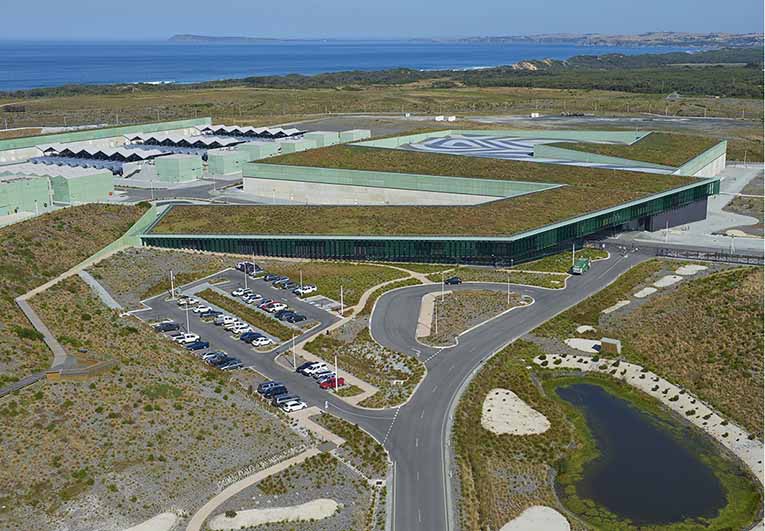 Parallel worlds exist unnoticed alongside our own, but too often the creatures that inhabit them are dismissed as by-products or even impurities
Parallel worlds exist unnoticed alongside our own, but too often the creatures that inhabit them are dismissed as by-products or even impurities DECEMBER 6 was a cracker of a day – hot and sunny, light breeze and a dropping tide, perfect for a boat trip. My son had the afternoon off work so after lunch we launched at Cape Paterson. A lazy swell was foaming against the rocks as we headed around to the surf beach.
It soon became apparent that nature was taking a rest. No silvery flashes of baitfish, no contact calls from foraging penguins, no stingrays poking around the sand holes. A lone gannet – usually the most focussed and alert of seabirds – was lazily patrolling for prey. You could almost sense the boredom in its keen eye.
The tide, wind, swell and current conspired and coalesced to form what is known as “a line of drift”. It appears as a smoother section of water, snaking across the surface, and it tends to gather floating objects along its path. We were part of the flotsam
We were surrounded by strands of kelp – golden brown tendrils with bulbous flotation bladders. There had been no bad weather to tear them from the reefs. Do they release themselves to drift at certain times of the season? As I gazed into the water there were dozens of small brown peanut-shaped blobs floating amongst the strands. But they were moving, not just drifting. Tiny squid, using the kelp as cover from predators. Their movements suggested they were feeding on some unseen organisms, possibly copepods or some other planktonic life. An entire ecosystem, dependent on the whims of a moving current. So easy to dismiss as “a lump of seaweed” yet utterly fascinating if you take the time to pause and observe.
The desalination industry has another term to describe this assemblage of life forms. They call it “filter cake”. As sea water is sucked into the plant, it is filtered through fine mesh screens to remove “impurities” from the water. This waste product is collected and dumped into landfill. Our local “biggest and bestest” water machine – just around the corner from where my boat was drifting – is now in full production mode. Each day it operates, the plant produces about 40 tonnes of filter-cake “waste”, equivalent to the mass of an adult humpback whale. This is Aquasure’s dirty secret. Over one year of operation, this equates to almost 15,000 tonnes of plankton, marine algaes and myriad other life forms being removed from our marine food chain and dumped in landfill at the Lyndhurst tip near Cranbourne, conveniently owned by Aquasure’s parent company Suez.
To visualise this imagine a pile of about 400 dead humpback whales rotting away – that’s the amount of biomass being killed each year so Melbourne can flush high grade drinking water down their toilets.
Aquasure glosses over this aspect of operations by claiming “zero environmental impact” or “no harm to beneficial species” or “Look at the trees we’ve planted on our roof”.
Theirs is not a “clean and green” operation. It is state-sponsored environmental vandalism on an industrial scale. This year Aquasure will be paid almost $800 million for their services. This is one reason why our community fought so long and hard against the project.
The AGL gas plant proposal for Western Port is another looming threat to our marine life. Please support the protests with passion and thoughtfulness.
Next time: The battle of the psychedelic cows …
